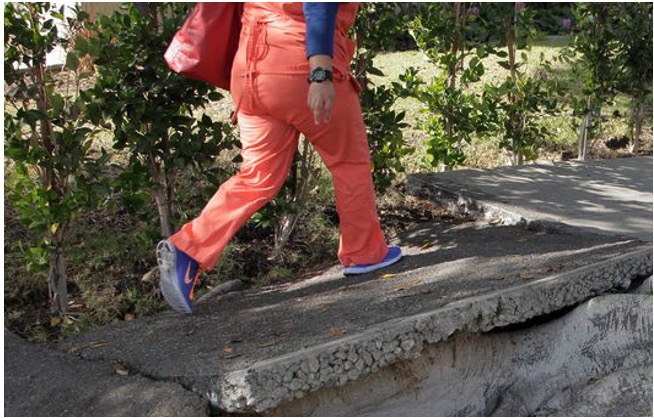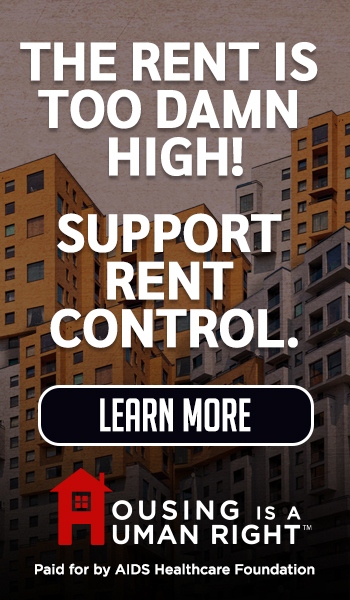Comments
PLANNING WATCH - What is going on, and what impressions will visitors have during the 2026 FIFA World Cup and 2028 Olympic in Los Angeles? A good place to begin is LA’s General Plan, which includes chapters on Infrastructure and Public Facilities. The General Plan section on LA’s Infrastructure, prepared in 1969, is City-Collected Refuse Disposal, a small fraction of LA’s total infrastructure. The other General Plan section to address infrastructure is Public Facilities. This chapter was also adopted in the late 1960s and only addresses Cultural and Historical Monuments, a minuscule portion of LA’s public facilities.
These two LA General Plan elements are nearly 60 years old. The elected officials who adopted them are long gone, and there are no proposals to update them.
While Infrastructure and Public Facilities are not mandatory General Plan elements, these same issues are addressed in the Framework and Land Use elements. Unfortunately, these General Plan sections, too, are out-of-date. The Framework Element was adopted in 1994, over thirty years ago. LA’s Land Use element is divided into 35 Community Plans, plus District Plans for LAX and the Port of LA. 14 of 35 Community Plans are currently in preparation, without any adoption schedule. Regarding LA’s 21 other Community Plans, several have been completed, but most, like the Wilshire Community Plan, are also out-of-date, without any update schedule.
What are the consequences of keeping these outdated plans? Although there is no guarantee that Los Angeles would properly maintain its infrastructure even if its entire General Plan were current, LA Times columnist Steve Lopez wrote that it is hard to imagine how the situation will change in time for the 2026 World Cup and 2028 Olympics:
- Streetlights are dark throughout Los Angeles because of copper wire thieves, and the City’s Bureau of Street Lighting and the Department of Water and Power are unable to methodically repair them. As a result, many Los Angeles neighborhoods will stay dark for the foreseeable future. What a way to welcome visitors to LA for the World Cup and Olympics!
- The City’s sidewalks, curbs, and curb cuts are also falling apart, and City Hall’s response is a $1.4 billion 30 year repair program that began in 2016. City Hall allocates, on average, $46 million per year to repair broken sidewalks, curbs, and curb cuts. By the time this enormous task is completed, it should start over because Los Angeles has 11,000 miles of sidewalks, and at least 40 percent of them need repairs.

Double trouble: Invasive roots lift a City sidewalk.
- Los Angeles also has thousands of miles of streets that need repairs. Unfortunately, Los Angeles is the only major city in the United States without a Capital Infrastructure Plan, and therefore it takes years to coordinate repairs among different City departments. Mayor Karen Bass has tried to cut through this Gordian knot with Executive Order #9 (Streamlining Capital Project Delivery and Equitably Investing in the Public Right-of-Way) but without funding increases, there is little reason for optimism.
- Other infrastructure categories are below ground, such as storm drains, wastewater systems, and tap water. Unfortunately, most of the information on this hidden infrastructure is old, and its reliability is getting steadily worse.
The projected repairs for these and related infrastructure categories are not enough to turn this situation around. Despite Mayor Bass’s Executive Order #9 regarding the city’s infrastructure, conditions are still deteriorating. Furthermore, when combined with climate change and wildfires, more urban decay is underway.
(Dick Platkin ([email protected]) is a retired LA city planner, who reports on local planning issues. He is a board member of United Neighborhoods for Los Angeles (UN4LA). Previous columns are available at the CityWatchLA archives.)





